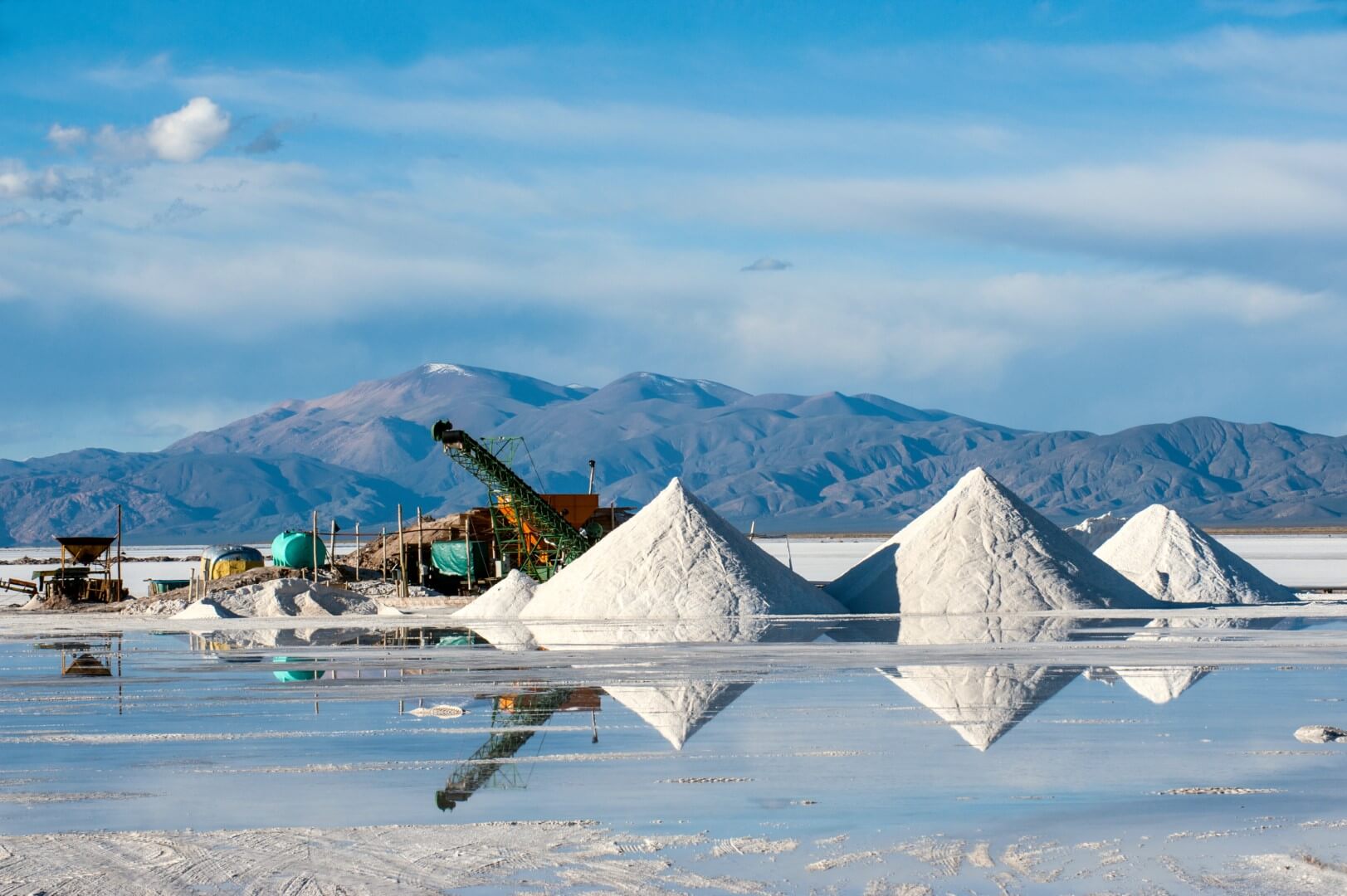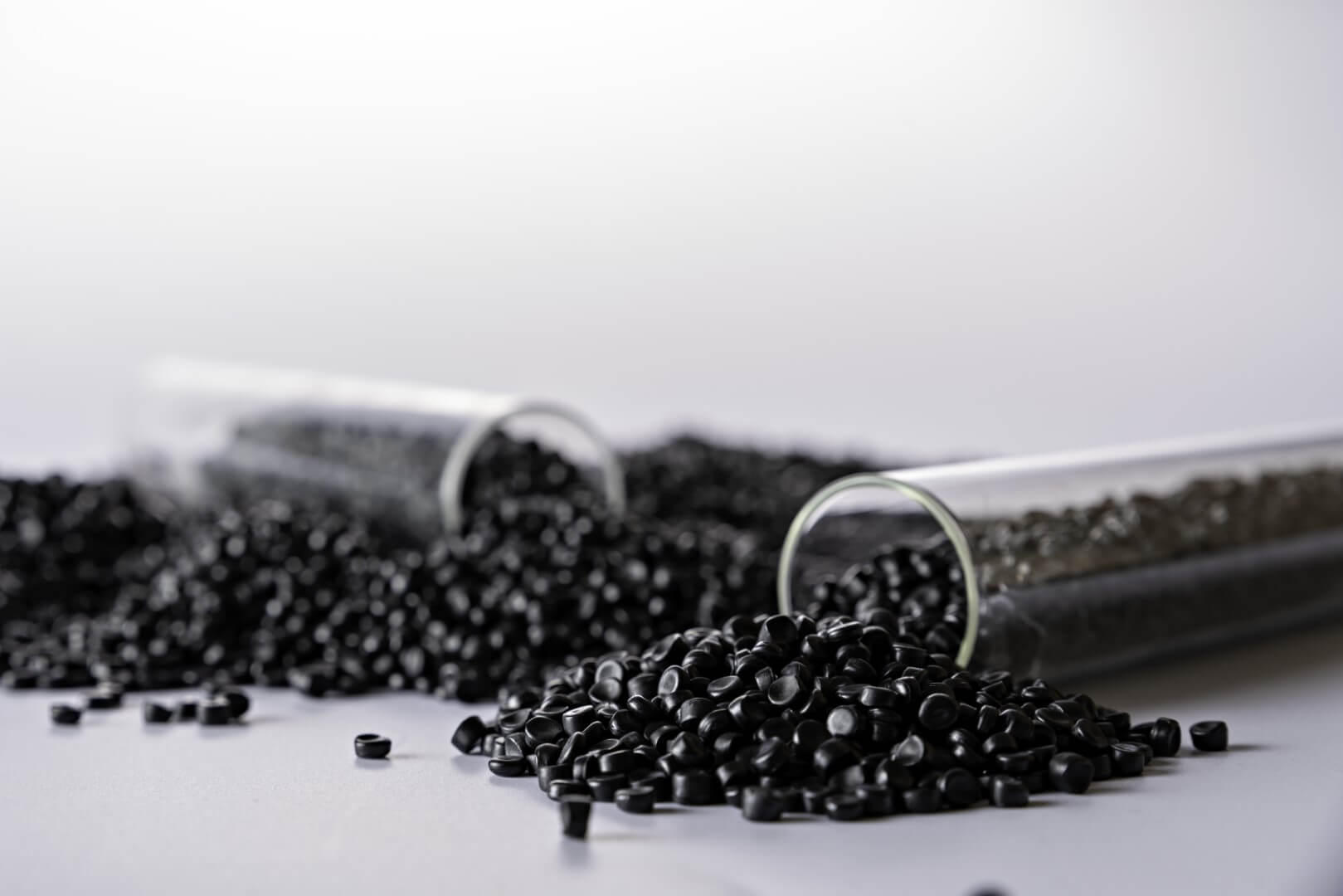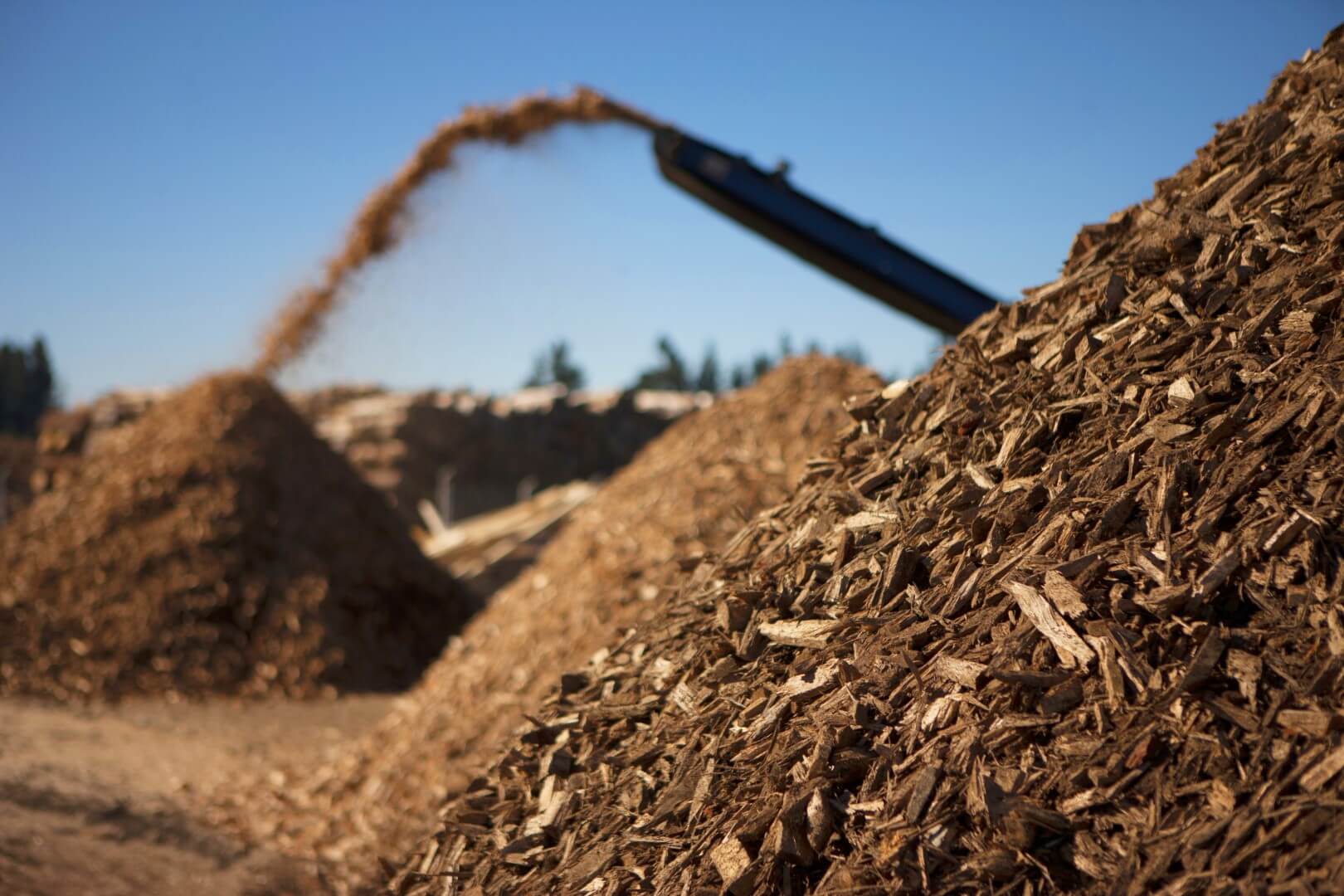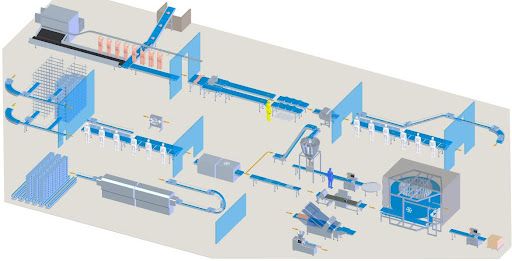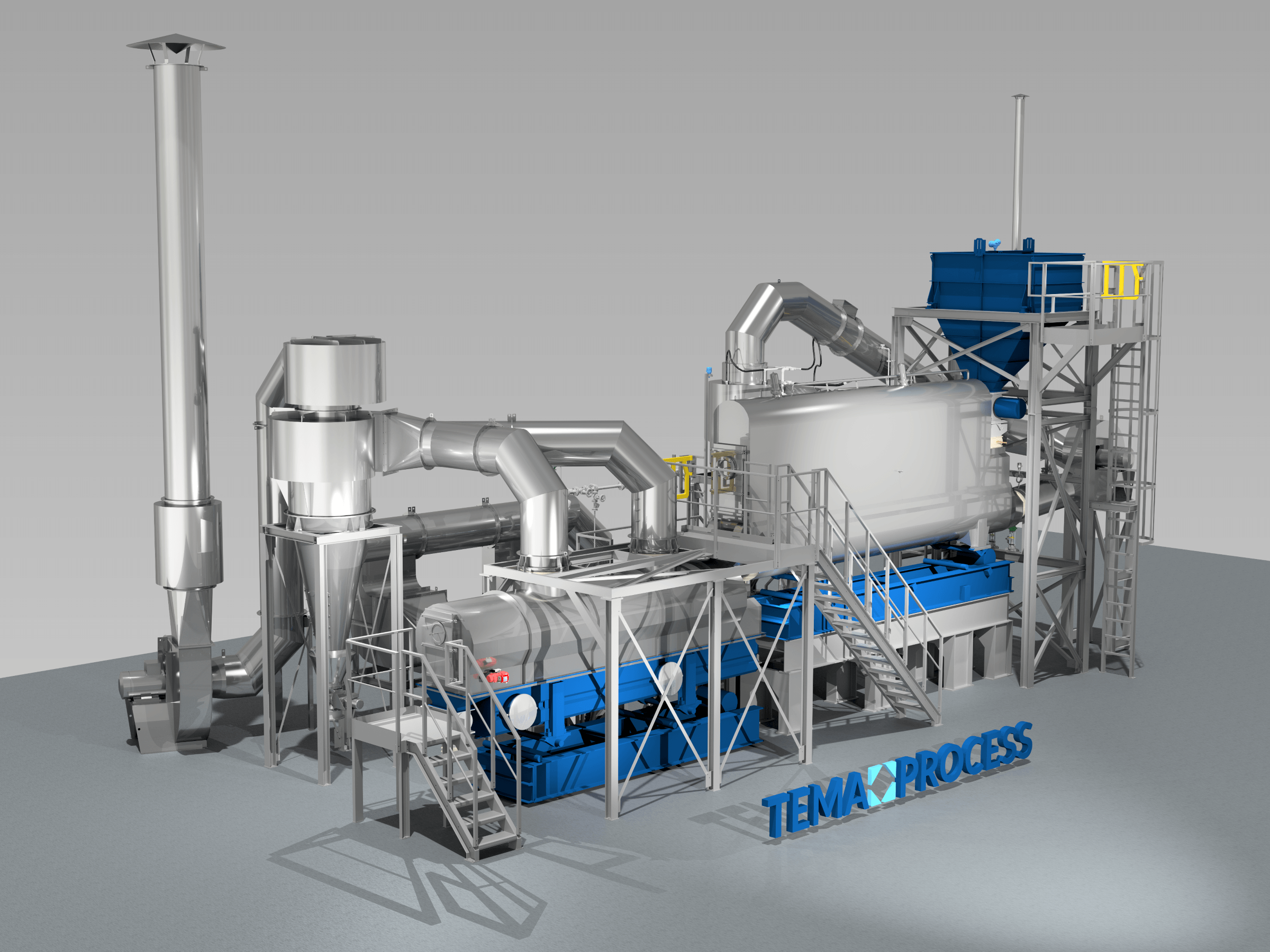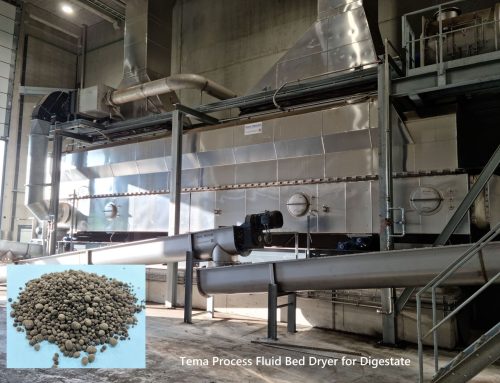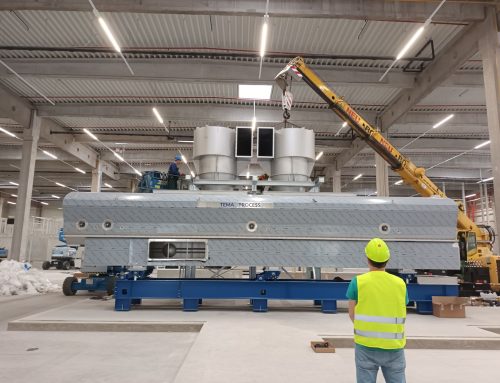Steam sterilization is generally preferred over ethylene oxide (EtO) sterilization for spices in the USA due to a combination of regulatory, safety, environmental, and consumer perception factors.
Here’s a breakdown:
1. Regulatory Restrictions on EtO
• FDA and EPA regulations on EtO are very strict in the USA.
• EtO is classified as a carcinogen, and its use in food processing is highly restricted or banned in many contexts.
• While EtO is permitted for medical equipment, its use for food products like spices is either not allowed or heavily discouraged due to toxic residue concerns.
2. Consumer Safety Concerns
• EtO can leave toxic residues (ethylene chlorohydrin and ethylene glycol), which pose health risks.
• Residue limits (MRLs) are difficult to meet reliably, especially for porous materials like spices.
• Steam sterilization uses only water vapor, so there is no chemical residue, making it safe and clean.
3. Organic and Clean Label Compliance
• Steam sterilization is accepted in organic food processing, while EtO is not.
• “Clean label” trends in the U.S. emphasize natural processing and chemical-free treatments—steam fits, EtO does not.
4. Environmental & Occupational Safety
• EtO is toxic, flammable, and explosive, requiring strict safety controls.
• Disposal and emissions are regulated by the EPA, adding complexity and cost.
• Steam sterilization is environmentally friendly and much safer to operate.
5. Steam Sterilization is Effective
• Modern steam systems (like those from Tema Process ) can achieve >5 log reduction of pathogens like Salmonella, E. coli, and molds without compromising spice quality.
• Advanced systems use precise control of time, temperature, and moisture to avoid altering color, flavor, or aroma.

